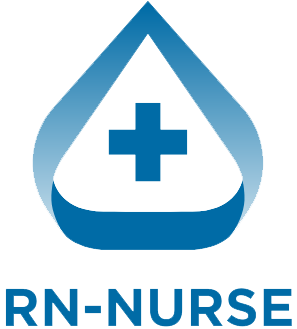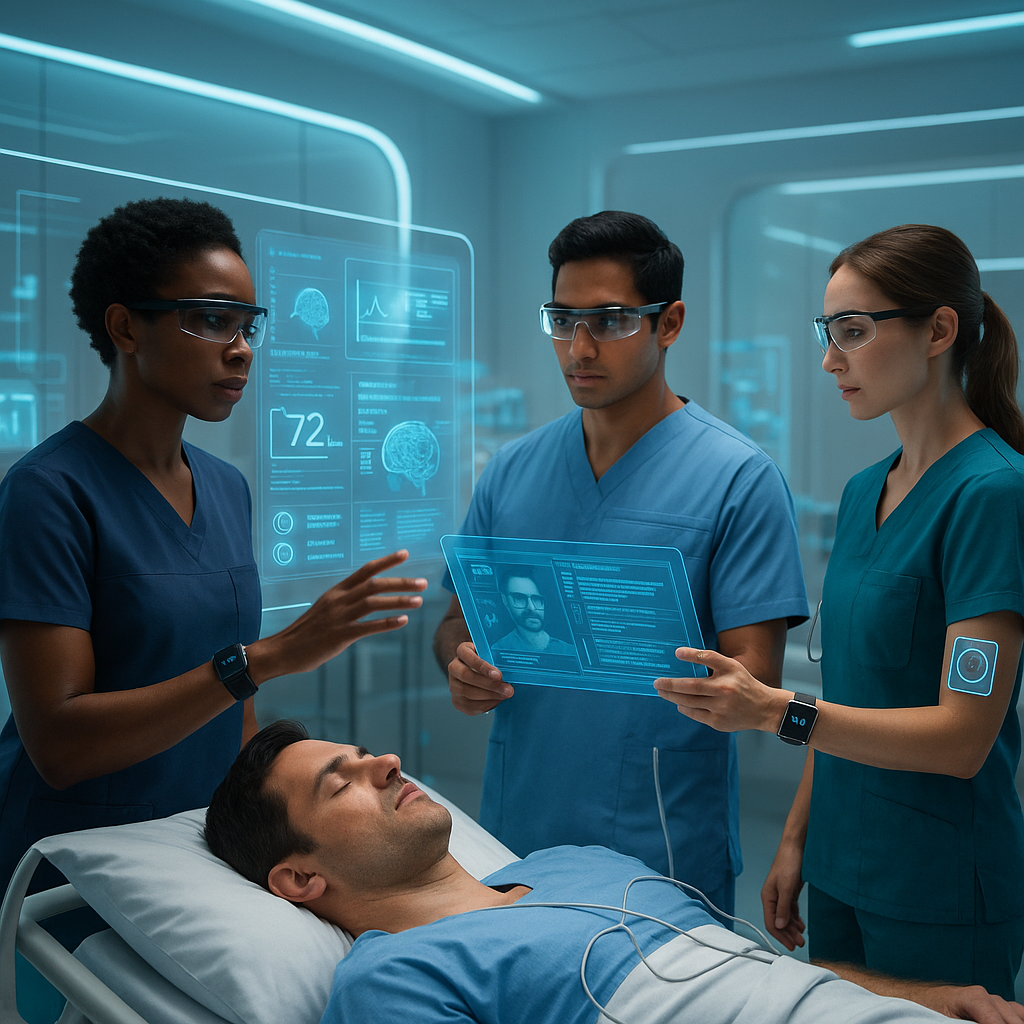Wearable technology is transforming how healthcare professionals deliver care, especially for registered nurses (RN) and advanced practice registered nurses (APRN). From smartwatches and biosensors to remote monitoring tools, these innovations are revolutionizing patient care and improving communication between care nurses and their patients.
How Wearables Are Used in Clinical Settings
Today’s health care providers, especially clinical nurse specialists and nurse practitioners, are utilizing smart devices to track vital signs, detect abnormalities, and intervene early. Some common applications include:
- Smart patches to monitor chronic health problems like hypertension or diabetes
- Wearable ECG monitors to assist nurse anesthetists and cardiology teams
- Remote sensors in home health settings for early alerts on health changes
- Fitness trackers that promote patient activity and self-monitoring
These tools are especially helpful in managing patients with complex conditions while allowing providers to prescribe medication and treatments based on real-time data.
Why Wearable Tech Is Reshaping Healthcare Roles
1. Enhancing Patient Safety
With continuous monitoring, providers can detect early warning signs, improving response time and preventing deterioration. This allows patient and their families to feel more secure and involved in the care process.
2. Supporting Evolving Nursing Roles
As nursing education programs incorporate more technology, newer graduates are entering the workforce ready to handle high-tech environments. Licensed practical nurses (LPN) and RNs are now expected to engage with wearables as part of modern care delivery.
3. Reducing Burnout
By automating routine checks, wearable tech reduces physical strain and mental fatigue among care nurses, freeing up time for personalized interactions and emotional support.
Opportunities for APRNs and Specialized Providers
Advanced practice registered nurses (APRNs) are at the forefront of utilizing wearable tech in both acute and community settings. With a graduate degree and the authority to prescribe medication, they often lead initiatives that integrate new technology into treatment plans.
Nurse practitioners, along with clinical nurse specialists and nurse anesthetists, are often consulted when selecting wearable devices for specific populations. Their insight is crucial in determining how and when to use wearable devices to improve patient outcomes.
Challenges to Consider
- Data Security: Patient data privacy is a top concern, especially with cloud-connected devices.
- Integration with EHRs: Compatibility with existing systems remains a barrier for some facilities.
- Technology Literacy: Not all healthcare professionals or patients are comfortable with digital tools.
Still, as noted by the Bureau of Labor Statistics, healthcare employment is projected to grow steadily, and technological competence will be a key differentiator among providers.
Future Outlook: A Tech-Driven Care Environment
With backing from regulatory bodies like the National Council of State Boards of Nursing, wearables will likely become embedded in everyday healthcare delivery. From home health monitoring to hospital-based care coordination, wearable tech is empowering providers and enhancing the quality of life for patients.
As the lines between caregiver and technology blur, nursing roles are shifting from task-based to insight-driven. This evolution allows professionals—from LPNs to APRN—to operate at the top of their license while offering individualized, real-time support.
Conclusion
- The integration of wearable tech is not just a passing trend—it’s a cornerstone of the future of health care. Whether you’re a registered nurse, a nurse practitioner, or a clinical specialist, embracing technology means staying ahead in a field that’s rapidly advancing.

